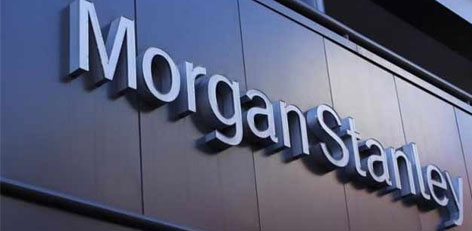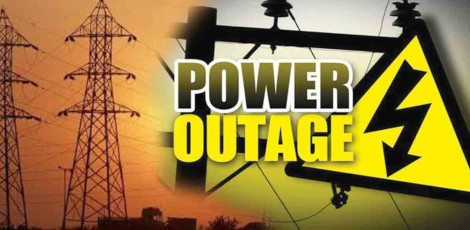Morgan Stanley increases growth estimate of India
Posted on: 20/Jul/2016 2:32:50 PM

The upward growth estimate in India was 7.5 percent earlier. Morgan Stanley has now raised this to 7.7 percent owing to positive surprises with the micro data.
The financial service major had state that growth recovery in India has turning broad based, FDI and consumption. The growth estimate of India for the year 2016 is being revised from 7.5 percent to 7.7 percent. The same for 2017 is revised from 7.7 percent to 7.8 percent.
The GDP numbers for this quarter that completed in March 2016 are stronger than expected. The incoming macro data are positive too. This is a clear indication of widening growth recovery.
During the fourth quarter of 2015-16, there was 7.9 percent growth in Indian economy. This is a five high in this fiscal year. In its note about Brexit, it stated that India is likely to stay relatively exposed very less form UK�s vote for quitting the European Union (EU). There may be an adverse effect on India�s growth because of UK�s vote leaving the EU. There will be very minimal impact on India as compared to other economies belonging to the region. This is due to lesser exposure with exports made in UK.
The growth will be dragged by the external demands and subtle trends in private capex. This trend prevailing with private capex accounts to 22 percent of the total investment made. This has been footing for four years now.
The recovery in private capex are being held back by four elements which are
- Reduced external demand
- Lesser corporate pricing power
- Increased real rates for the corporate sector
- Poor balance sheet with banking sector
It may take about 12 to 18 months of time for the private capex to get recovered. This is due to uncertainties prevailing with the UK�s exit and EU.







